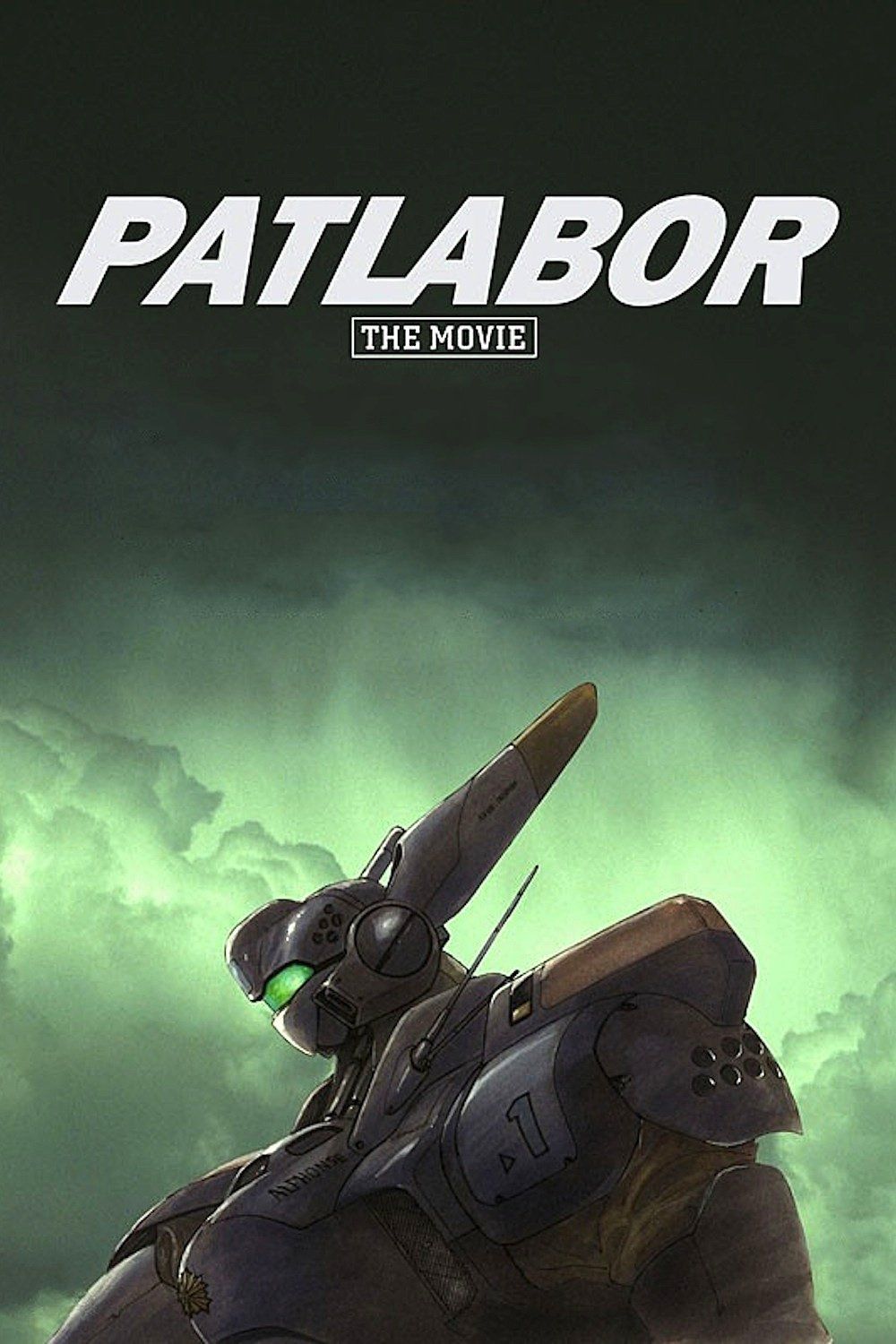
- #PATLABOR FILM FR TORRENT PLUS#
- #PATLABOR FILM FR TORRENT PROFESSIONAL#
- #PATLABOR FILM FR TORRENT TV#
That AC-3 output has to be plugged into a separate RF demodulator device to extract the Dolby Digital and convert it to a standard form an A/V receiver can decode.


The biggest issue is the morass of cabling requirements. Once I finally made the decision to do it, I had to set aside a good chunk of time. Laserdisc is simply not a convenient format in any respect, and that includes setting it up. I’d entertained the thought of connecting the player again from time to time, but it always seemed like such a big project. Although I kept it sitting in my equipment rack, mostly for its impressive visual presentation, the player wasn’t even connected to anything for a very long time. My beloved HLD-X9 sat unused for a number of years. Even once-exclusive rarities I paid a lot of money to buy on Laserdisc can now easily be found in higher quality on smaller discs or streaming. Added to that, most of the content I ever owned on LD eventually made its way to digital formats. Once we moved to Blu-ray – much less 4k Ultra HD! – the thought of watching analog standard definition again seemed almost unbearable. Sadly, over time, my interest in watching Laserdiscs declined. The X9 was notably superior to any LD player released in the United States, and I’ve cherished owning it ever since I bought it. The more money you spent on a player, the better results you could get. Entry-level models tended to deliver very soft, noisy images. The size of the thing and its shiny gold finish made for a very impressive piece of hardware on an equipment rack, and still do.Īs an analog video format, Laserdisc picture quality could vary wildly with the player used. In fact, to ensure that I got the most out of the format, I invested in one of the best Laserdisc players ever made, the Pioneer HLD-X9, a 38-pound beast I imported from Japan for a pretty penny. Nevertheless, I kept my player around and continued to collect discs I found interesting.
#PATLABOR FILM FR TORRENT PROFESSIONAL#
My first professional writing gig was for the now-defunct DVDFile web site, and by the time I started there, Laserdisc was already well in the rearview mirror. Fortunately, the quality of the DVD format got a lot better too. Studios stopped releasing movies on LD and manufacturers stopped making the players. (To be fair, early DVD releases were pretty crappy.) Eventually, of course, the world moved on and so did I. I was deeply devoted to Laserdisc and resisted the transition to DVD at first.
#PATLABOR FILM FR TORRENT TV#
I bought a bigger TV and my first surround sound system, and my interest in the home theater hobby escalated rapidly. Even better, many discs offered cool features like audio commentaries and behind-the-scenes documentaries that were incredibly fascinating and novel innovations a film student like me ate up and couldn’t get enough of.Īfter college, the purchase of my own first LD player naturally resulted in a need for better equipment to watch the discs on. The picture quality on a Laserdisc was significantly better than VHS, and most movies were letterboxed to their original theatrical aspect ratios. I encountered my first LD player at my work-study job and never looked back. When I went to college back in the 1990s, VHS was still the standard for watching movies at home. Laserdisc was the format that first got me into home theater.

Recently, I dusted off my old Laserdisc player and hooked it up again. Even so, I still like to keep older formats around.

#PATLABOR FILM FR TORRENT PLUS#
For obvious reasons, my home theater has primarily focused on Blu-ray and Ultra HD content, plus cable TV and streaming at a minimum of high definition quality.


 0 kommentar(er)
0 kommentar(er)
